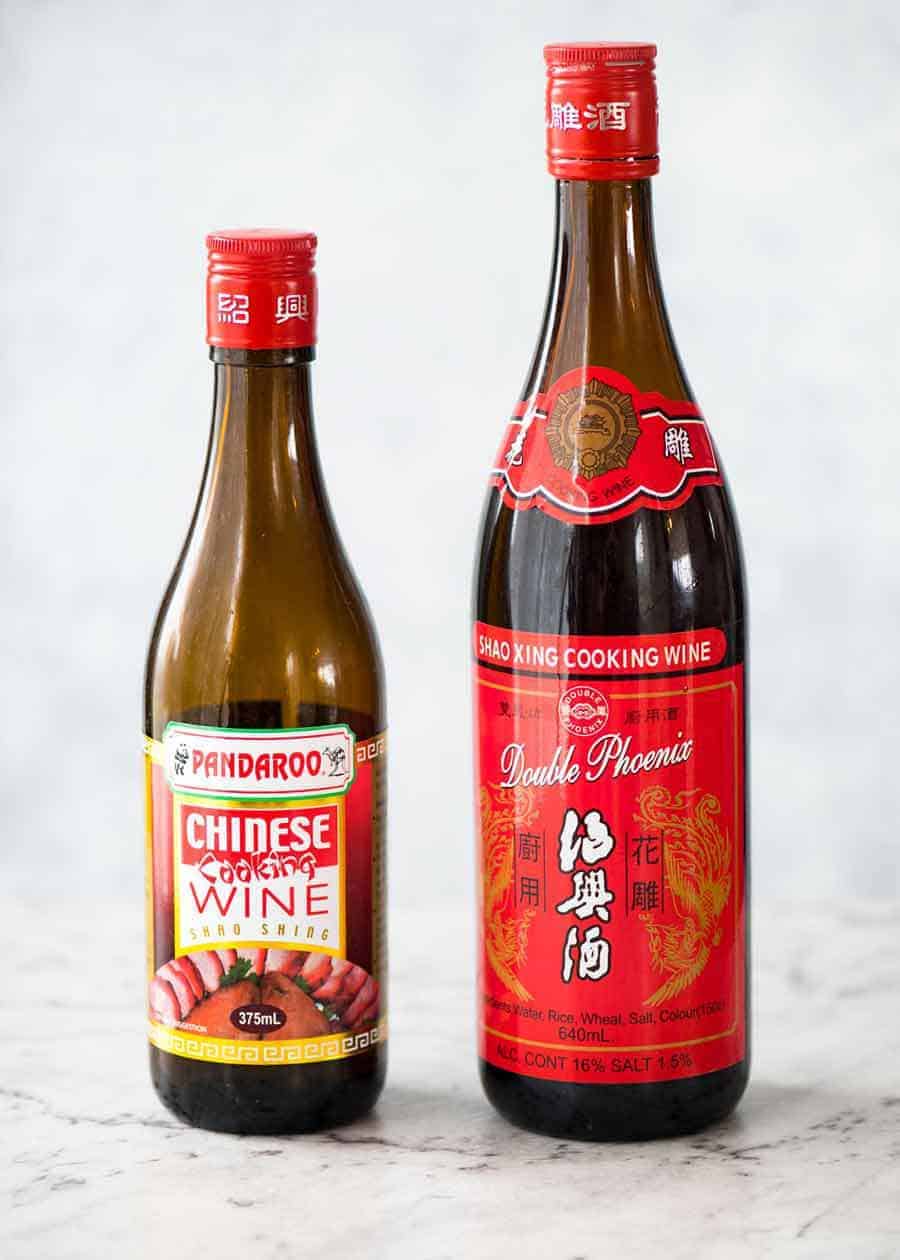The Rich History And Production Process Of Shaoxing Rice Wine
Share
Introduction to Shaoxing Rice Wine
Shaoxing rice wine, known as "Shaoxing jiu" (绍兴酒), is a traditional Chinese rice wine that hails from the city of Shaoxing in Zhejiang Province. This wine is not just a beverage; it is a cultural emblem, deeply rooted in the history and culinary practices of China. With its distinctive amber color and rich flavor, Shaoxing rice wine has been an integral part of Chinese cuisine and festivities for over 2,500 years.
Historical Background
The origins of Shaoxing rice wine can be traced back to the Spring and Autumn period (770-476 BC). It was during this time that the techniques for brewing rice wine began to develop. The wine was initially used for sacrificial rites and later became a staple in daily life and celebrations.

Throughout the centuries, Shaoxing rice wine has been mentioned in various historical texts, including the "Book of Rites" and "The Book of Songs." Its production methods were refined during the Tang (618-907 AD) and Song (960-1279 AD) dynasties, leading to its recognition as one of the finest rice wines in China.
The Cultural Significance of Shaoxing Rice Wine
In Chinese culture, Shaoxing rice wine is often associated with celebrations, family gatherings, and traditional ceremonies. It is commonly used in cooking to enhance the flavor of dishes, particularly in braised meats and seafood. The wine is also enjoyed as a standalone beverage, served warm or at room temperature.
Key Festivals and Traditions
Shaoxing rice wine plays a significant role in various festivals, such as the Chinese New Year and the Mid-Autumn Festival. During these celebrations, it is customary to toast with Shaoxing wine, symbolizing good fortune and prosperity for the coming year.
The Production Process of Shaoxing Rice Wine
The production of Shaoxing rice wine is a meticulous process that involves several key steps. Understanding this process not only highlights the craftsmanship involved but also enhances the appreciation of this unique beverage.
1. Selection of Ingredients
The primary ingredients for Shaoxing rice wine include glutinous rice, water, and a special fermentation starter known as "qu" (曲). The quality of the rice is crucial, as it directly influences the flavor and aroma of the wine.
2. Steaming the Rice
The glutinous rice is soaked in water for several hours before being steamed. This step ensures that the rice is cooked evenly, providing the necessary texture for fermentation.
3. Fermentation
After steaming, the rice is cooled and mixed with the qu starter. This mixture is then placed in fermentation vessels, where it undergoes a natural fermentation process. The fermentation period typically lasts from several weeks to a few months, depending on the desired flavor profile.
4. Pressing and Filtration
Once fermentation is complete, the mixture is pressed to extract the liquid. This liquid is then filtered to remove any solid particles, resulting in a clear, amber-colored wine.
5. Aging
The final step in the production of Shaoxing rice wine is aging. The wine is stored in clay jars or bottles, allowing it to mature and develop its complex flavors. The aging process can last from several months to several years, with older wines being more prized.
The Taste Profile of Shaoxing Rice Wine
Shaoxing rice wine is characterized by its rich, complex flavor profile. It has a slightly sweet taste with a hint of bitterness and a fragrant aroma. The alcohol content typically ranges from 14% to 20%, making it a versatile beverage for various occasions.
Pairing Suggestions
When it comes to food pairings, Shaoxing rice wine complements a wide range of dishes. It is particularly well-suited for:
- Braised meats: The wine enhances the flavors of dishes like braised pork belly and chicken.
- Seafood: Its subtle sweetness pairs beautifully with steamed fish and shellfish.
- Stir-fried vegetables: A splash of Shaoxing wine can elevate the taste of vegetable stir-fries.
Visiting Shaoxing: A Journey into Wine Culture
If you're intrigued by Shaoxing rice wine, consider visiting the city itself. Shaoxing is not only famous for its wine but also boasts stunning scenery, ancient architecture, and rich cultural heritage.
Key Attractions in Shaoxing
- Lu Xun's Former Residence: Explore the home of the famous Chinese writer Lu Xun, which offers insight into the literary history of the region.
- Shaoxing Wine Museum: Learn about the history and production of Shaoxing rice wine through interactive exhibits and tastings.
- East Lake: Enjoy the picturesque views and serene atmosphere of this beautiful lake, perfect for leisurely walks or boat rides.
Best Time to Visit
The ideal time to visit Shaoxing is during the spring (March to May) and autumn (September to November) months. During these seasons, the weather is mild and pleasant, making it perfect for outdoor activities and sightseeing.
Conclusion
Shaoxing rice wine is more than just a drink; it is a symbol of Chinese culture and tradition. Its rich history and intricate production process make it a fascinating subject for anyone interested in culinary arts. Whether you are a wine enthusiast or simply curious about this unique beverage, Shaoxing offers an unforgettable experience that combines history, culture, and flavor.
As you plan your visit to Shaoxing, consider booking your accommodations and flights through the following links for a seamless travel experience:
Embrace the opportunity to taste the authentic flavors of Shaoxing rice wine and immerse yourself in the rich cultural tapestry of this remarkable city.




